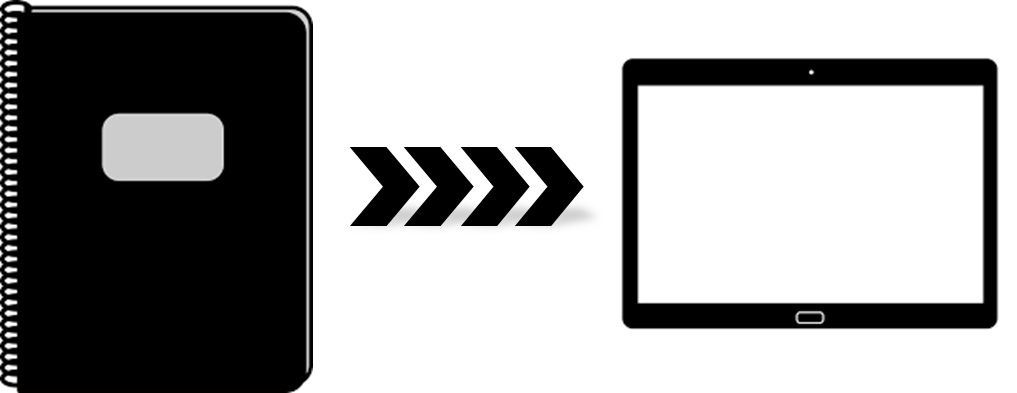
As a previous research chemist, I spent a lot of time populating laboratory notebooks during my undergraduate and graduate research. I used to pride myself in keeping what I thought to be a notebook in which the experiments could all be reproduced at any time (naive, I know). When I joined a research group in graduate school, my advisor told me we were going to use Microsoft OneNote as our group notebook. At first, I was confused and hesitant about making the switch. My natural my workflow and data organization had to dramatically change to adjust to the digital recordkeeping environment I now found myself in. I soon realized the transition would allow me to focus more on the science and less on the printing, pasting, and handwriting. As an atomic force microscopist, I found it quick and easy to import digital images, chemical structures and screenshots of methods directly from digital articles. Over time I developed new strategies for organization including color coding to tie together sample preparations with the corresponding AFM images. I also created file naming standards and table of content pages to allow my labmates and advisor to search my notebook easily. These strategies ultimately allowed me to conduct my work in a more efficient and easily reproducible way and I now cannot imagine a world in which I could conduct science using a paper notebook.
Adopting any new workflows into an already complicated, time-sensitive environment can seem overwhelming and possess a steep learning curve. Libraries and librarians at UC Berkeley are well positioned to help researchers improve their productivity, transparency, and reproducibility by adopting a digital recordkeeping system. To try and provide some insight into how to determine which ELN to use and a strategy to make the transition to ELNs, I have created a guide and am available to assist throughout the transition process.